A phone rings in Honda’s Bracknell press office. Nothing unusual. Just a journalist, asking if they can borrow a car for an upcoming group test.
With almost any other car, from Honda or another maker, this kind of request would automatically trigger an internal discussion to weigh the risks against the rewards. Because in the end, somebody has to lose these very public contests, and if you reckon that somebody might be you, maybe it’s better not to play (though we would rather you did).
Not this time, though. This time there’s no need for debate. There isn’t even so much as an ‘against who?’, out of curiosity. “Of course you can have one. When do you want it?”
It’s the kind of wild insouciance that emerges when your car subjugates an entire class to its own sky-high standards over the course of several years. It’s a luxury few press offices will ever know, but since its arrival in 2015, the FK8 Civic Type R has lost precisely zero group tests in Autocar, so for Honda the confidence is justified. Machines that fall into a similar bracket include the Porsche 911 GT3 and the last generation or two of the Ford Fiesta ST. Maybe the Tesla Model S in the pre-Porsche Taycan era, but that’s probably it. And because it sits in a class so rich in talent and brimming with rivals, the Honda’s achievement is arguably the most impressive of them all.
Now, that unblemished record is not something we expect to end today. Not least because this isn’t any old Civic Type R but one of just 20 UK examples of the 47kg-lighter Limited Edition, which costs £39,000 and is the most finely honed FK8 there will ever be (and yes, Sunlight Yellow is the only available colour). For this triple test, therefore, the big questions are, first, of the recent BMW 128ti and the box-fresh Volkswagen Golf GTI Clubsport 45, which comes closest to matching the Honda’s level of driving appeal? And second, does that car get close enough to make it a sweeter overall option, all things considered? Because despite its solid practicality and superb ergonomics, the Type R does sit very much at the committed end of the hot hatch spectrum, both in looks and in feel behind the wheel. And that won’t be for all.
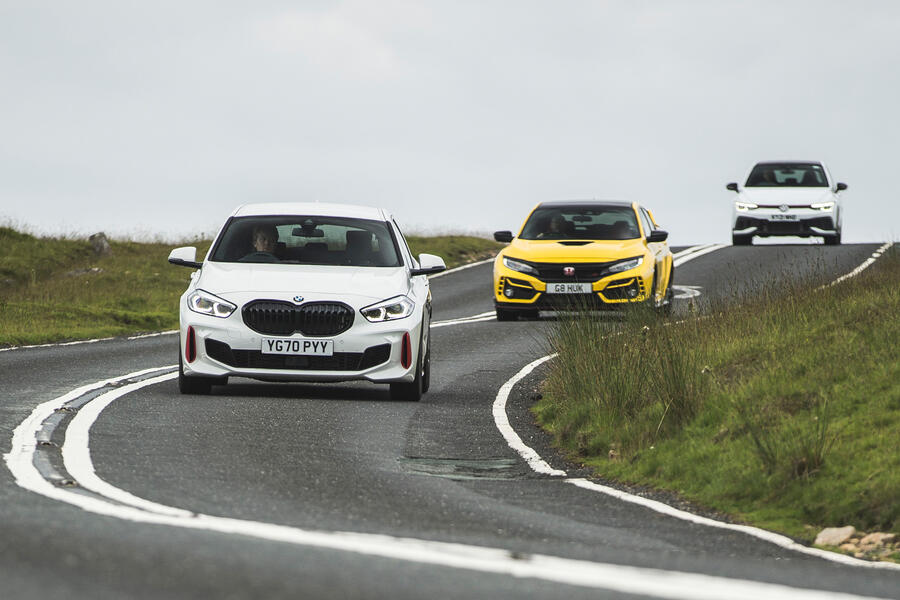
Today, our rendezvous is in South Wales. Matt Prior brings the Honda, with only road roar to keep him entertained because Limited Edition cars lose their infotainment system to save 5kg. Picture editor Ben Summerell-Youde has collected Andrew Frankel’s long-term 128ti en route, and I’ve taken care of the VW. The Golf GTI Clubsport 45 is the right place for me to start, too.

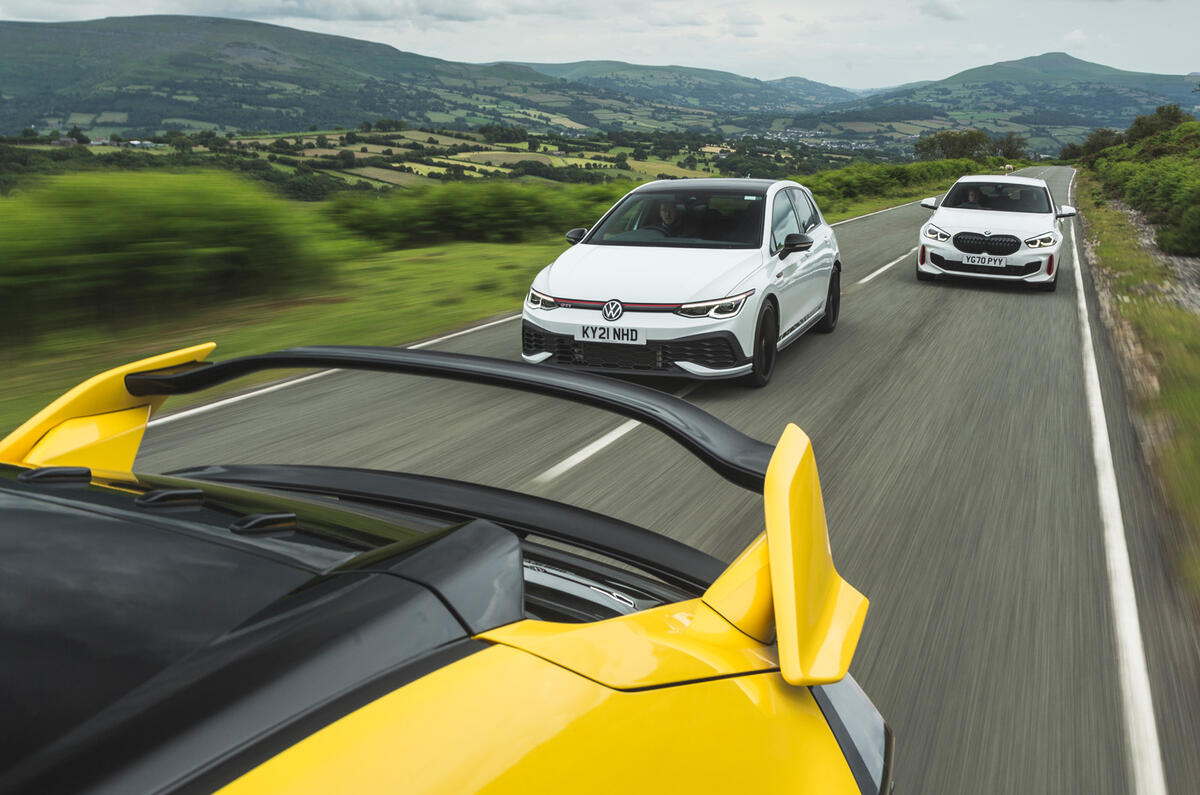
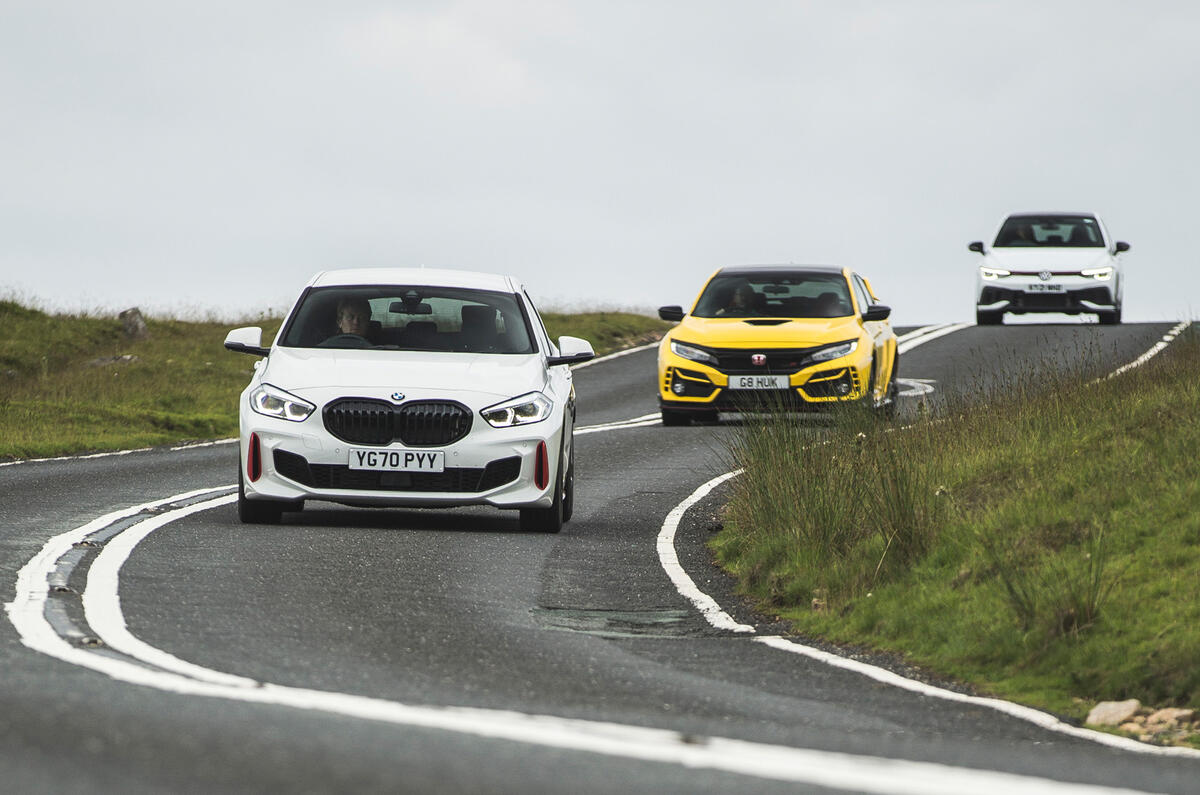
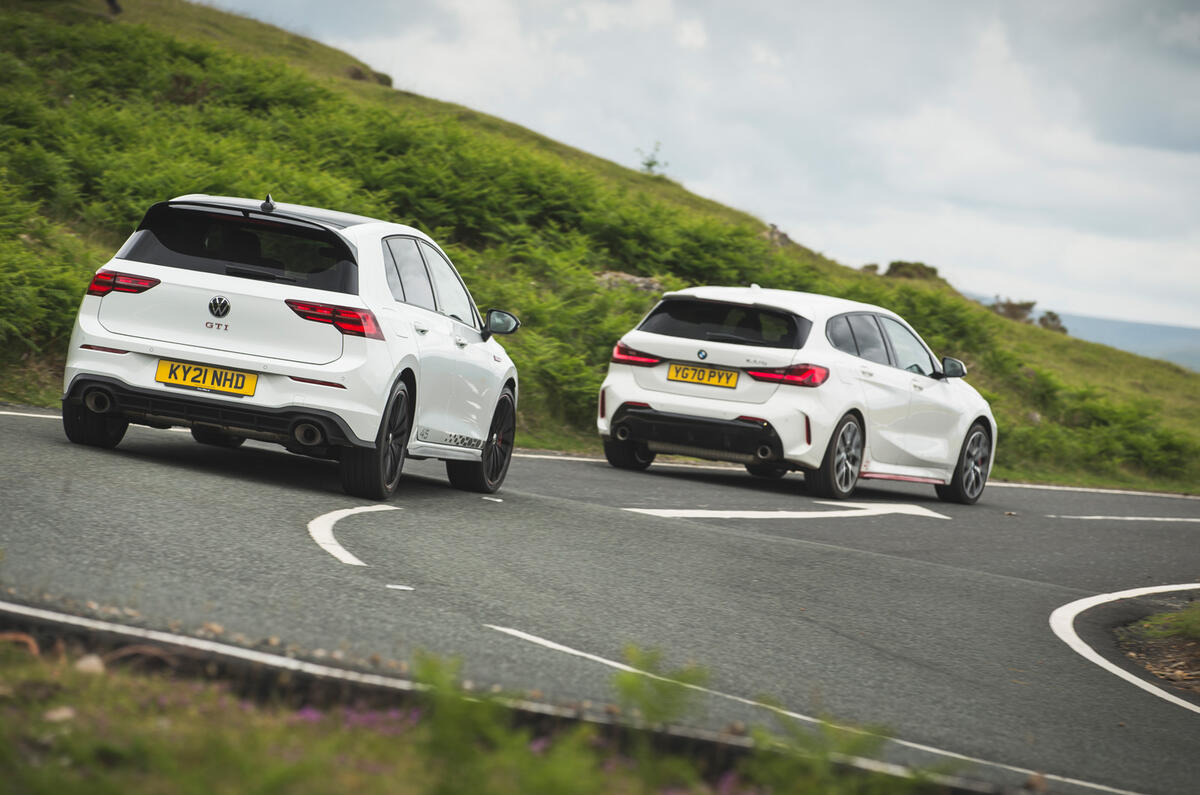
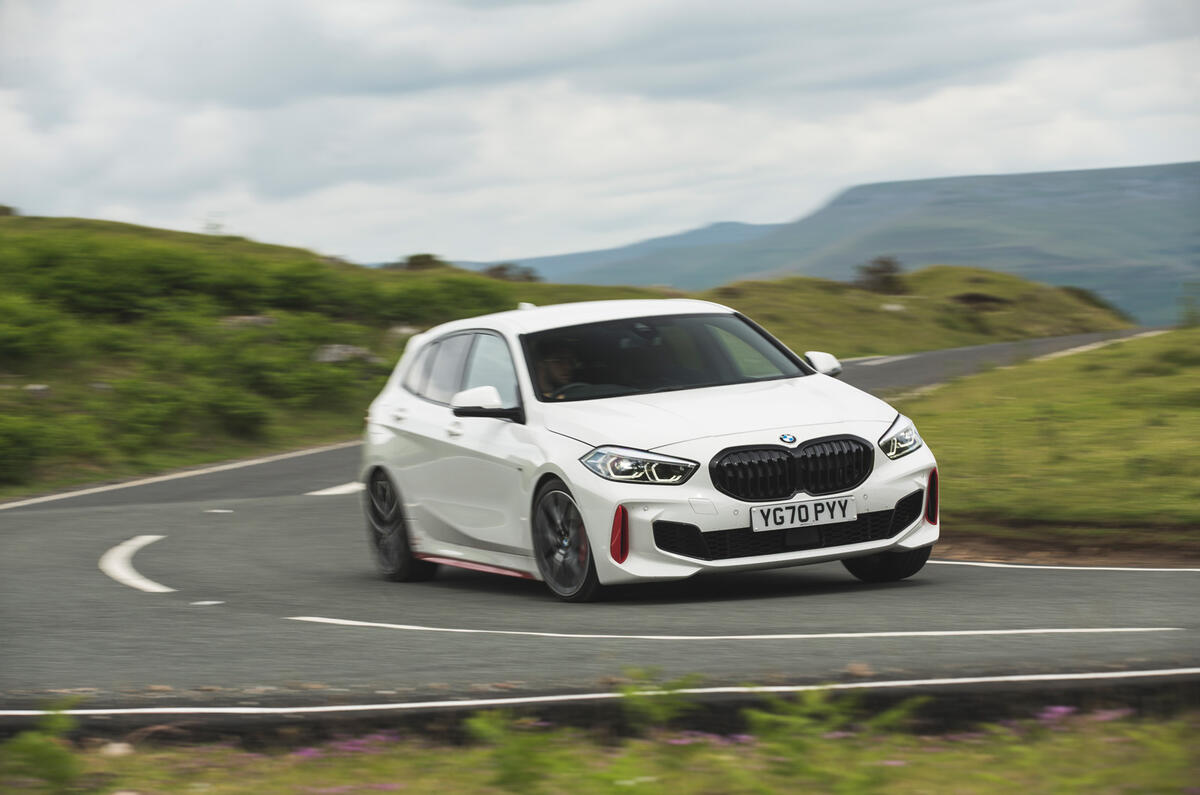
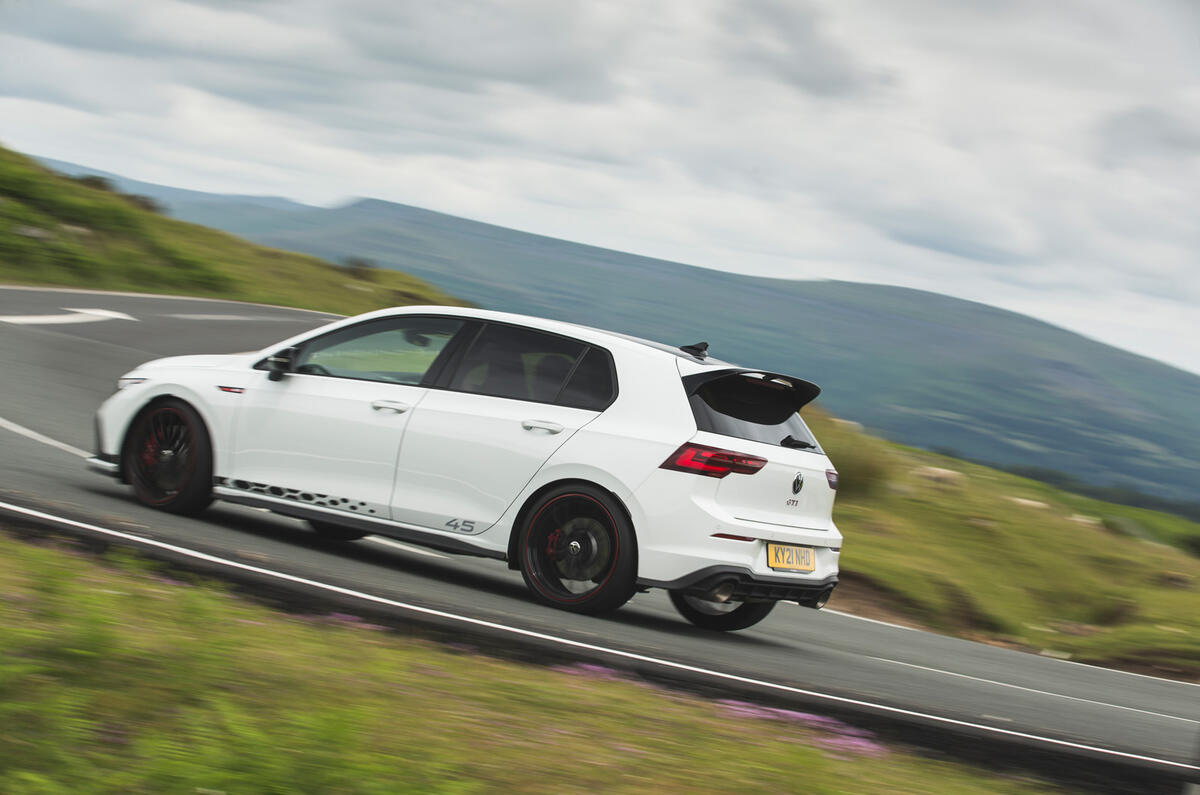

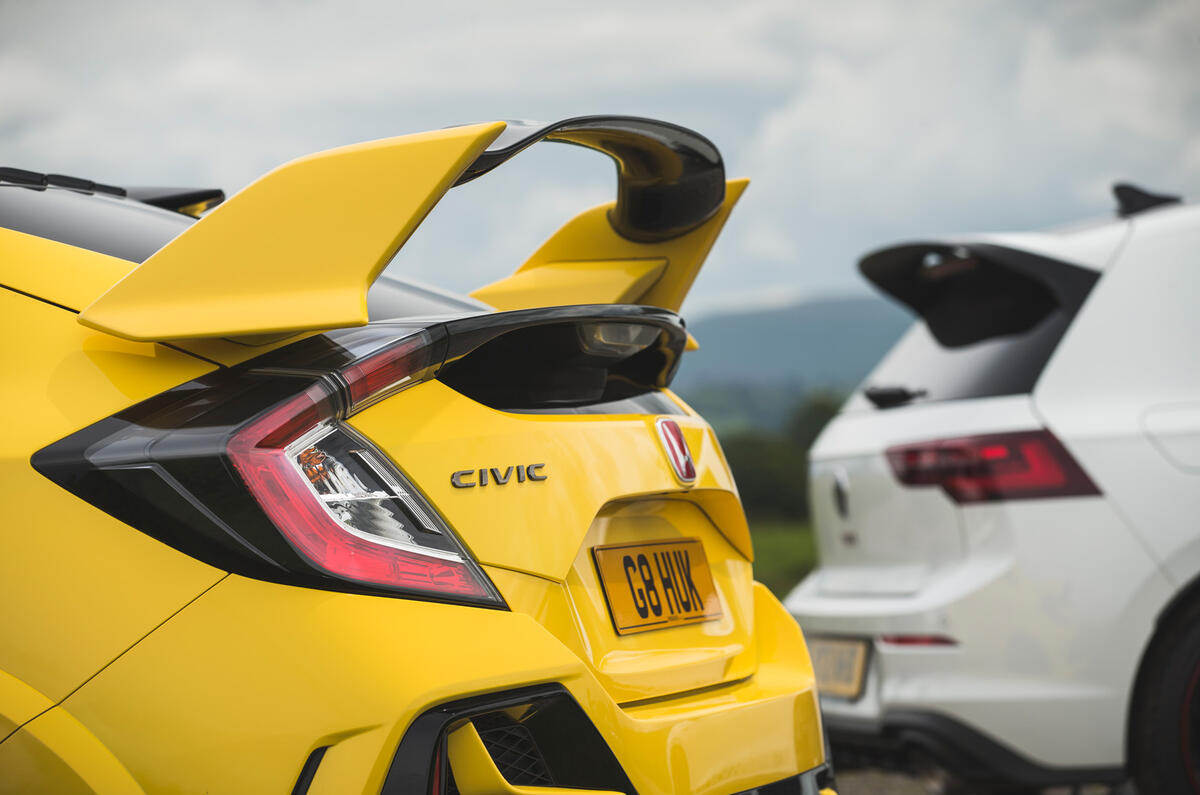
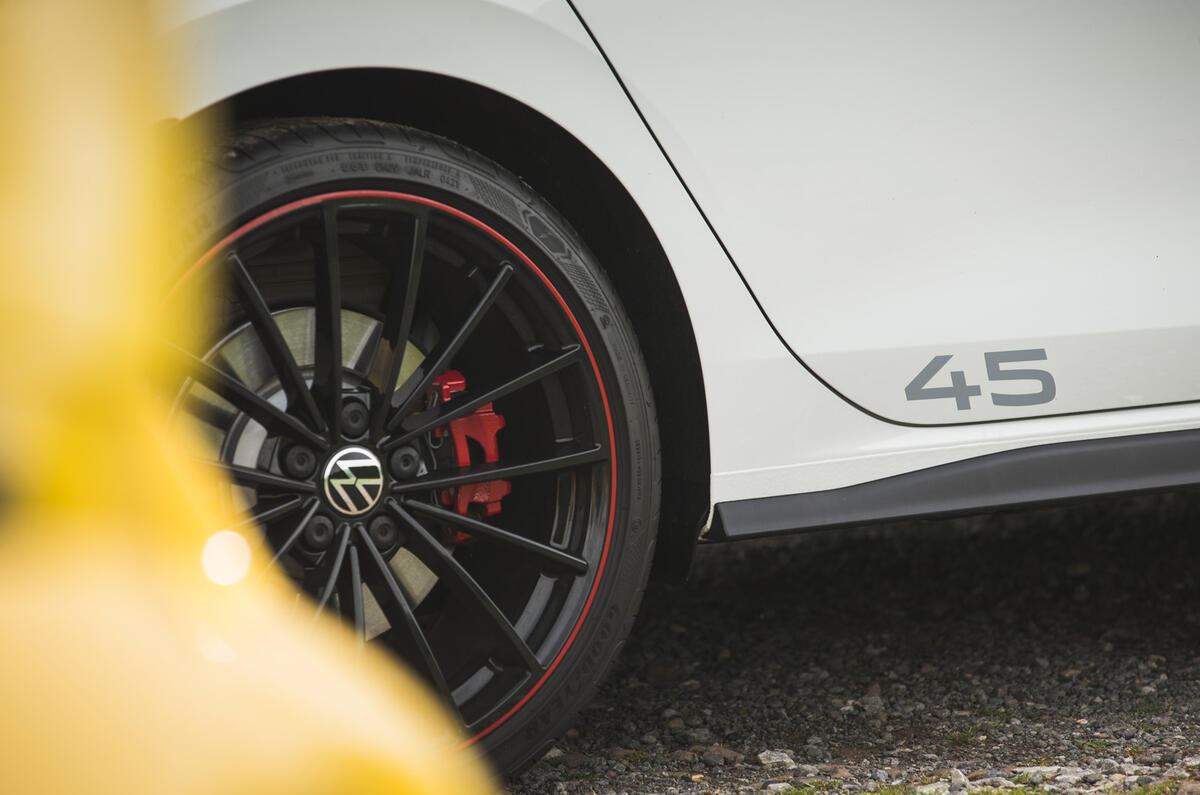
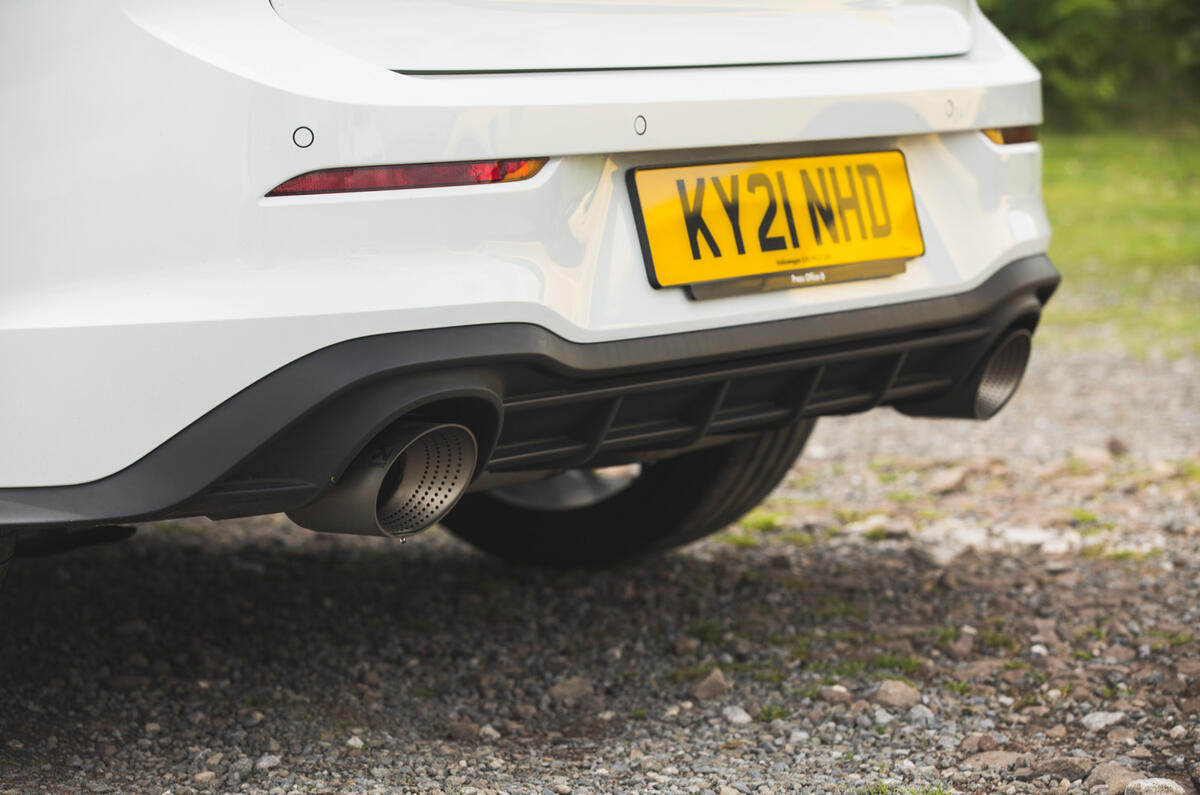
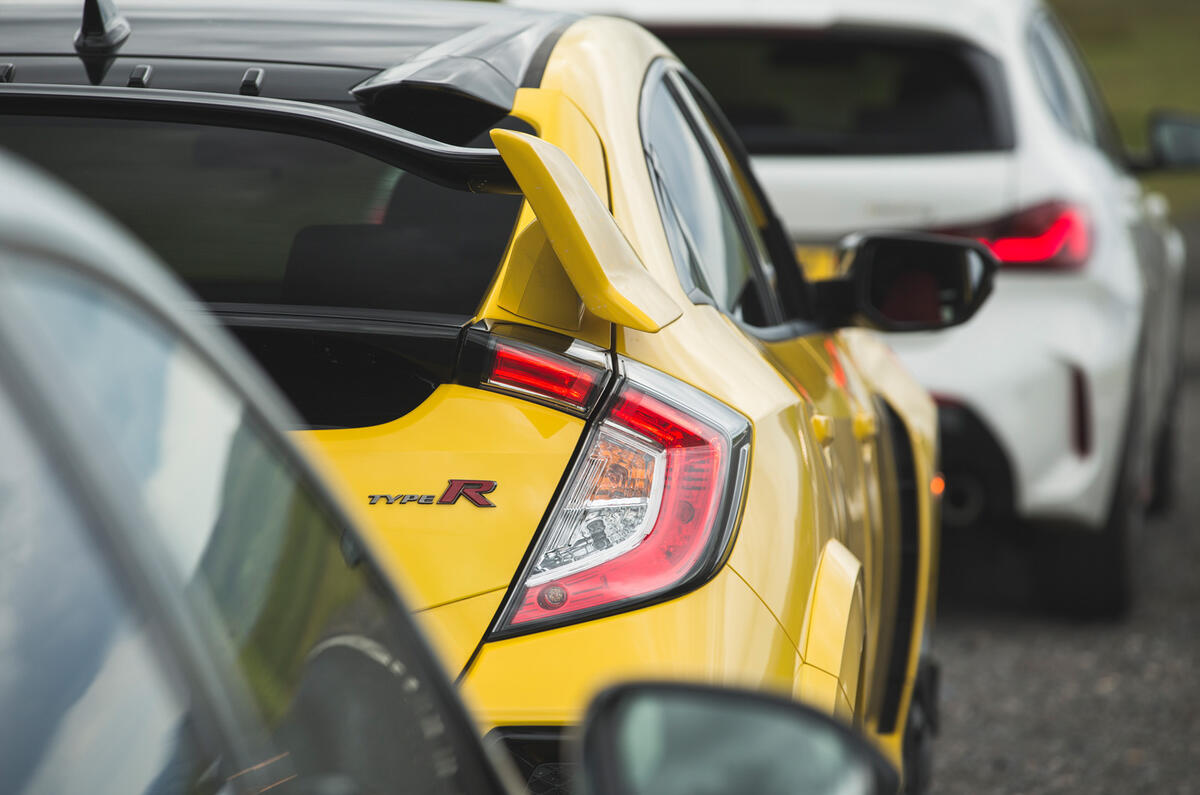
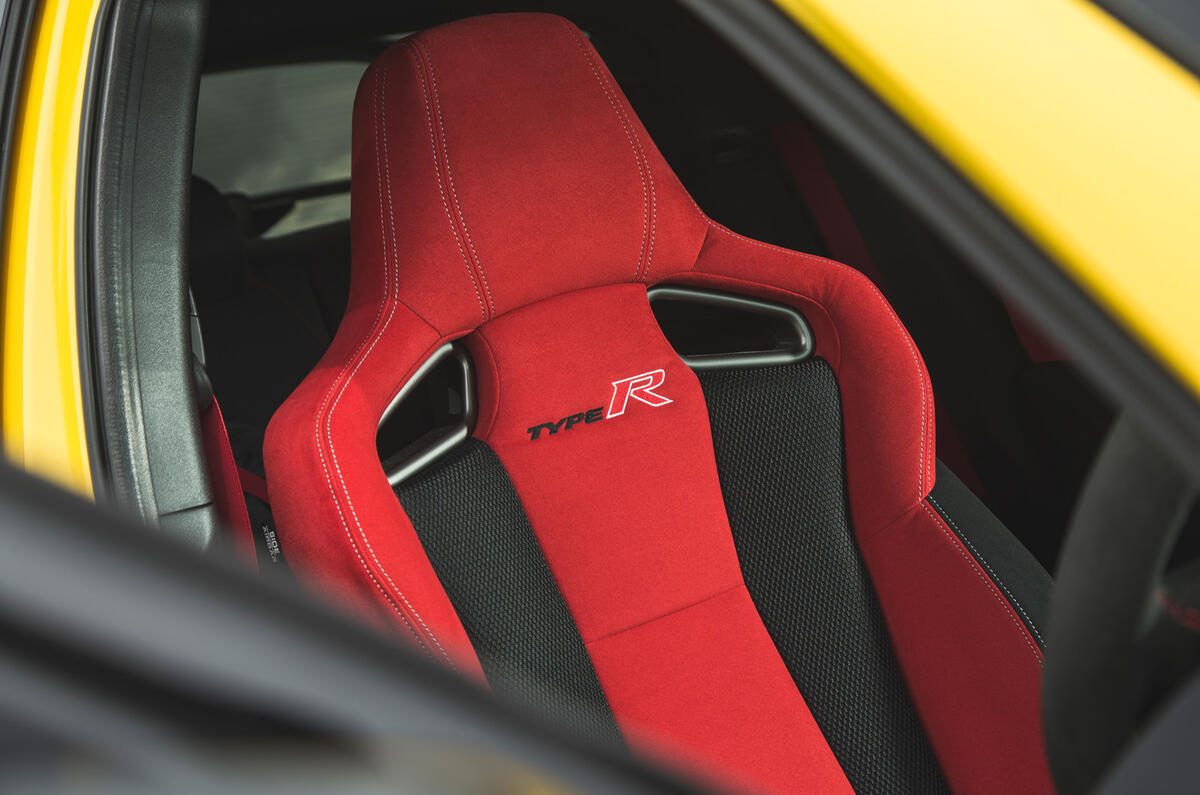
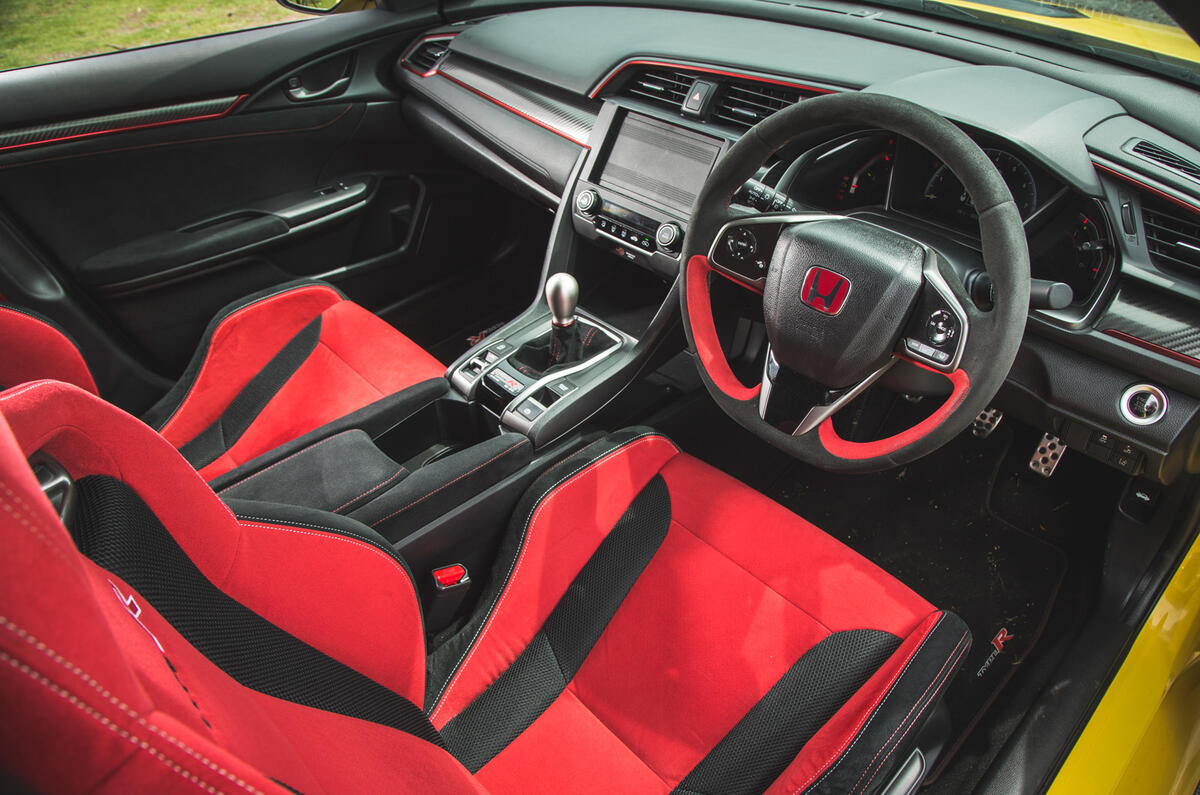
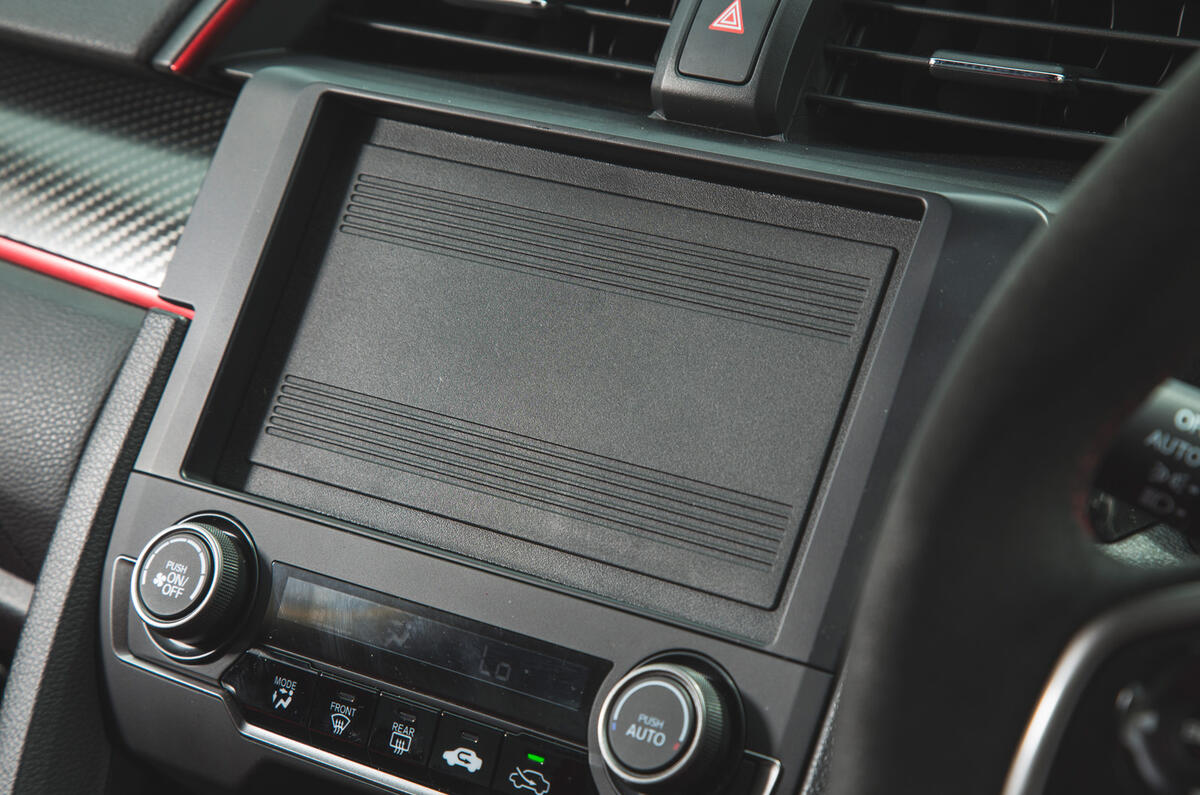
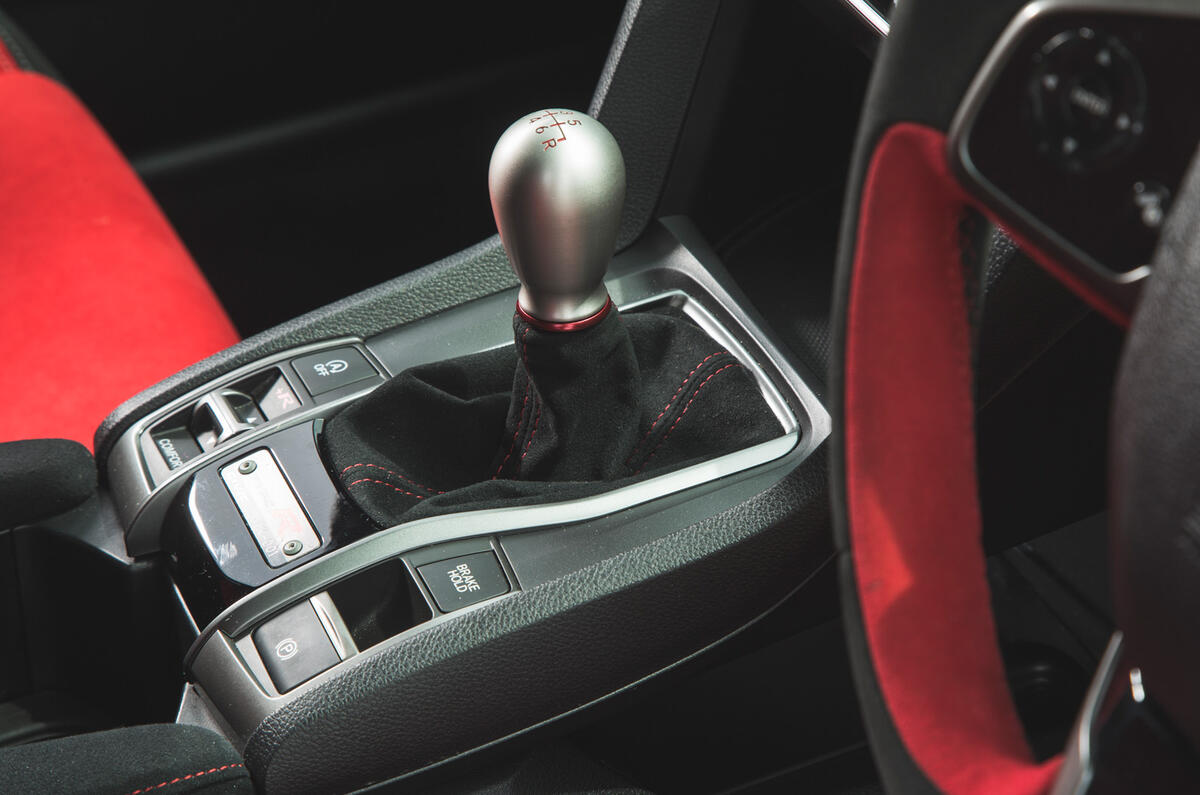



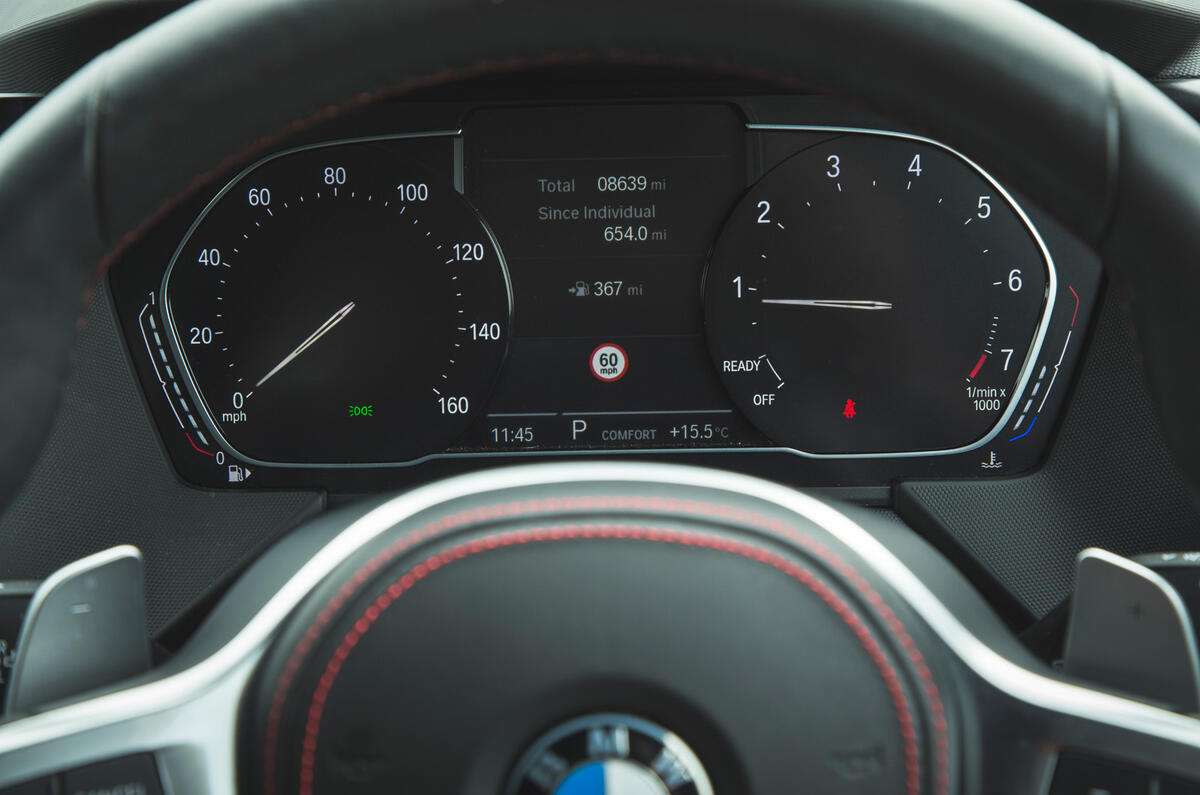
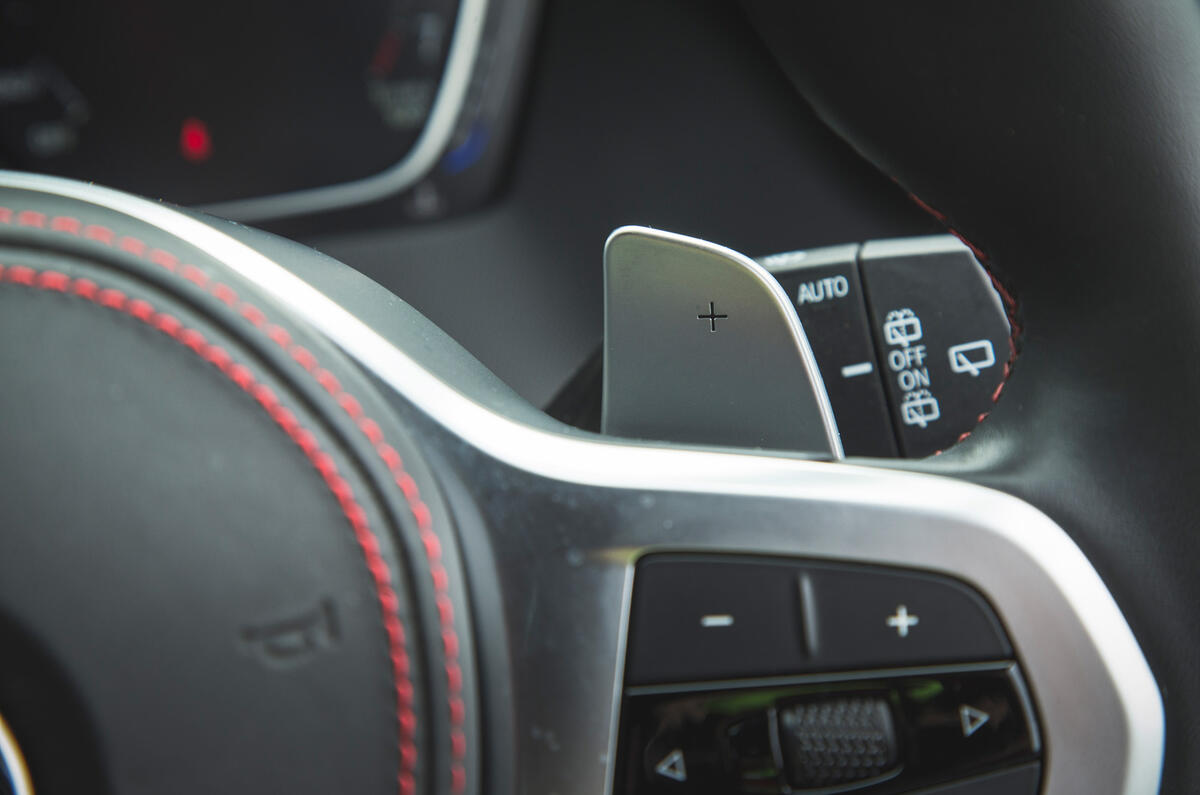
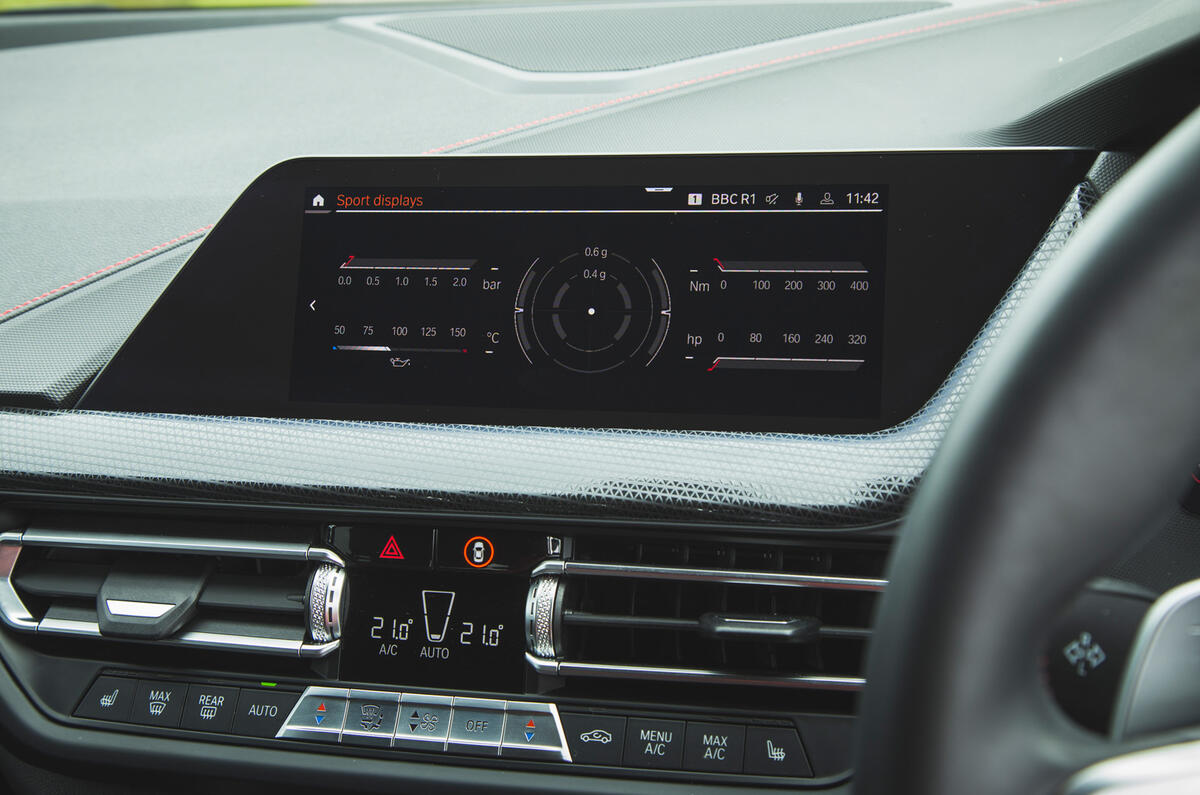
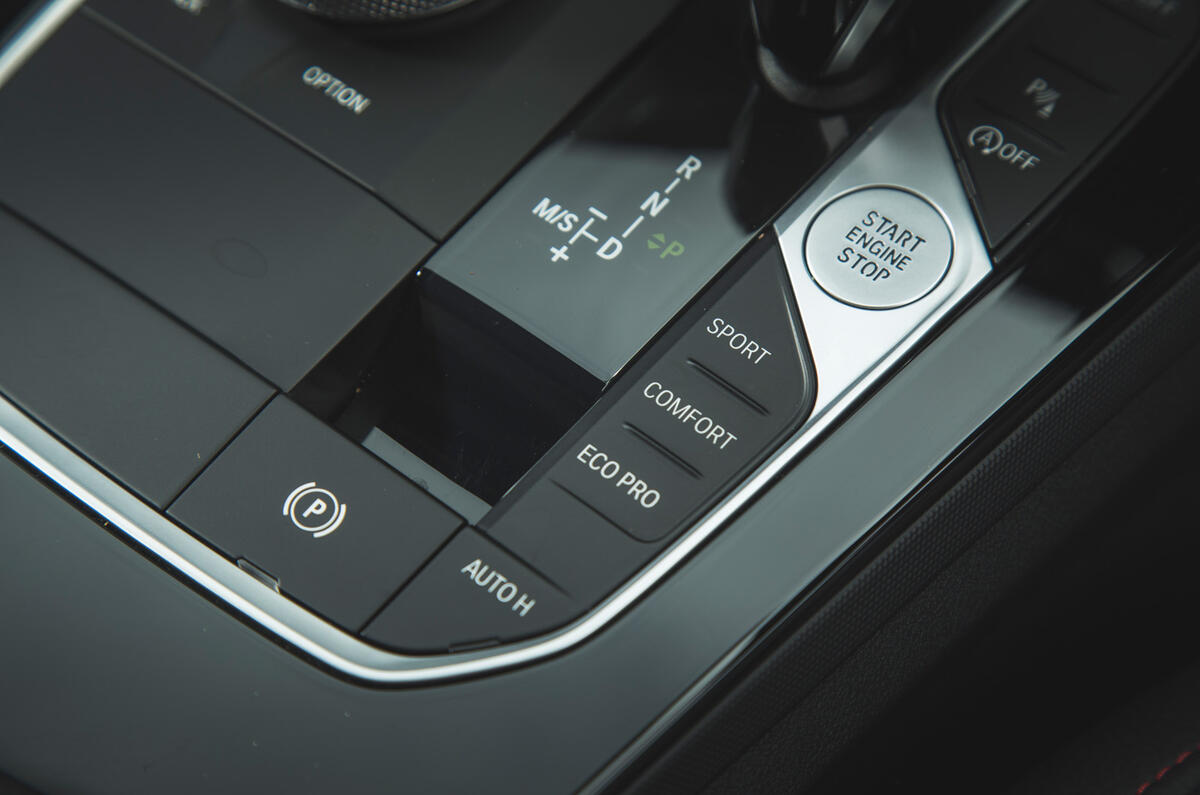
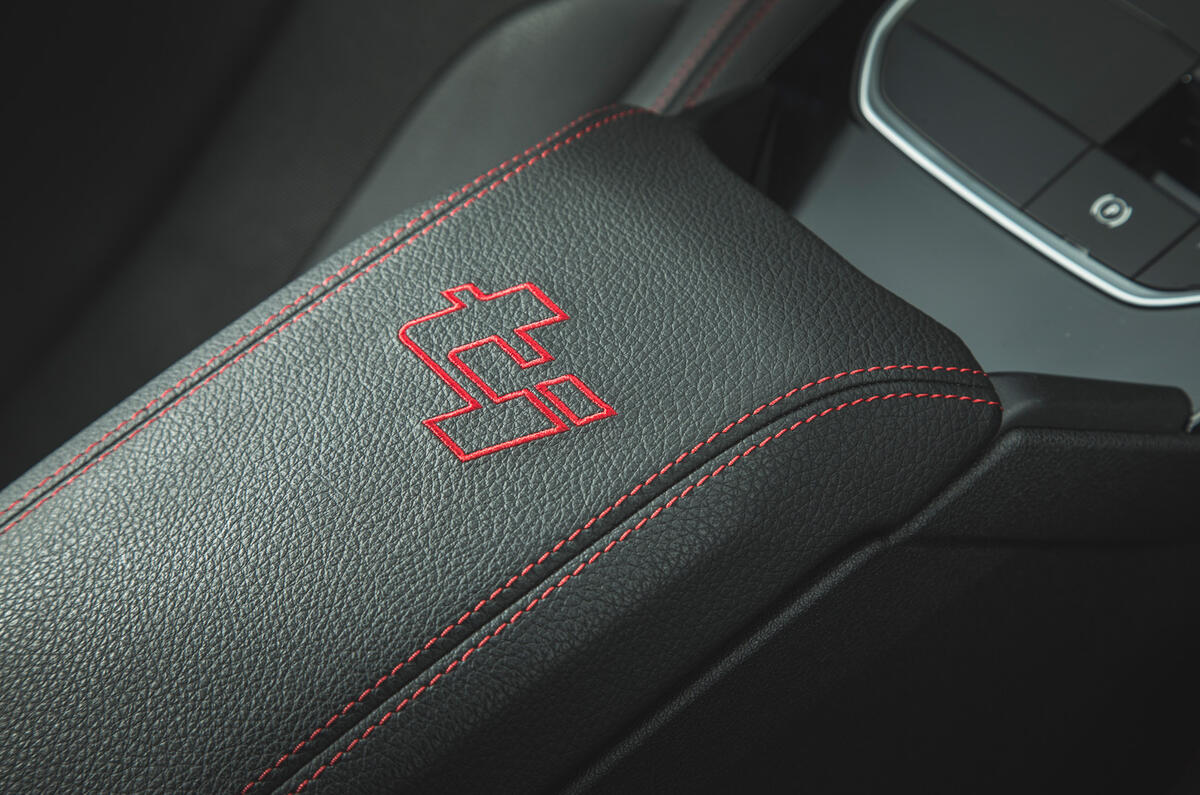
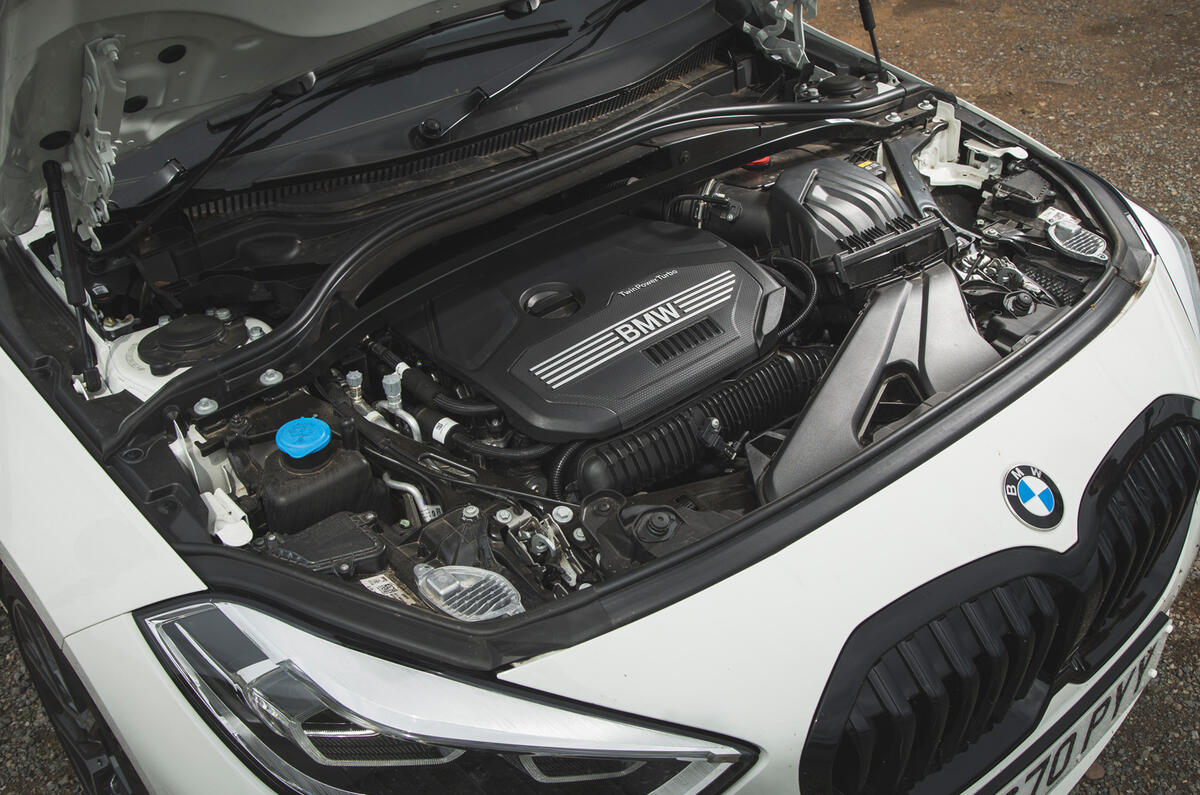
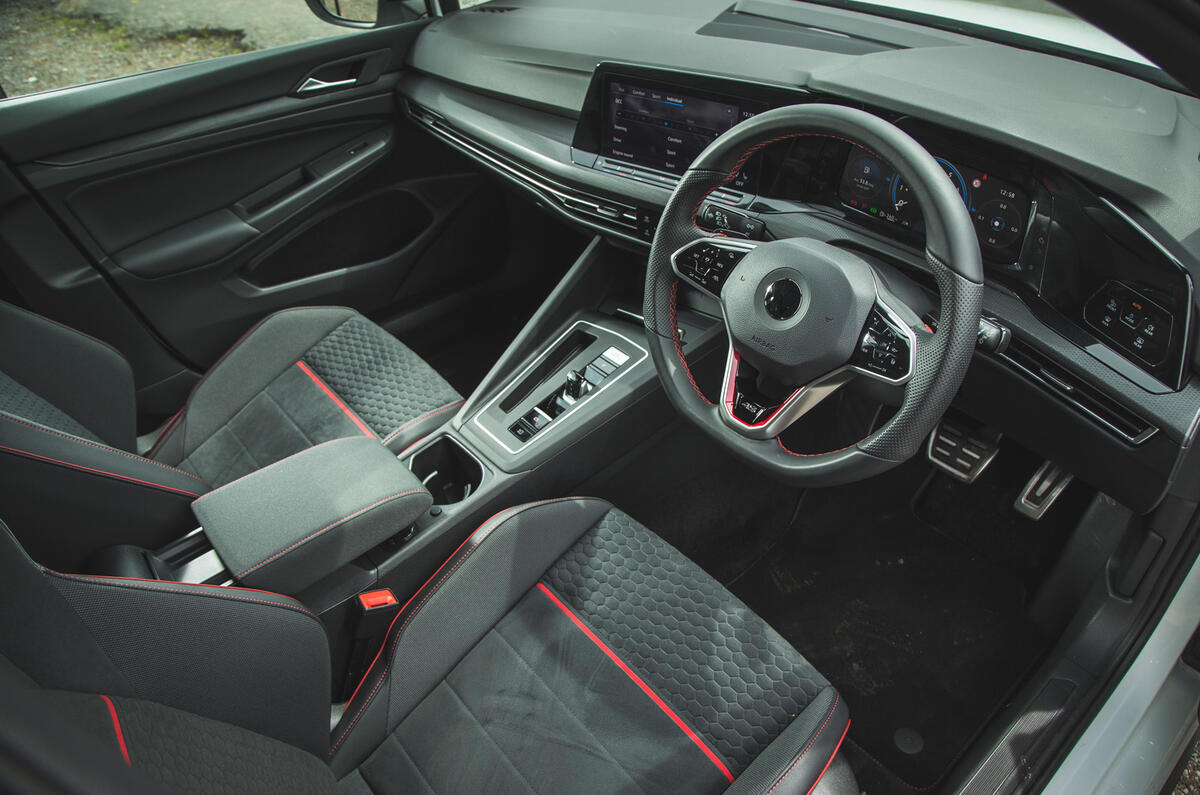

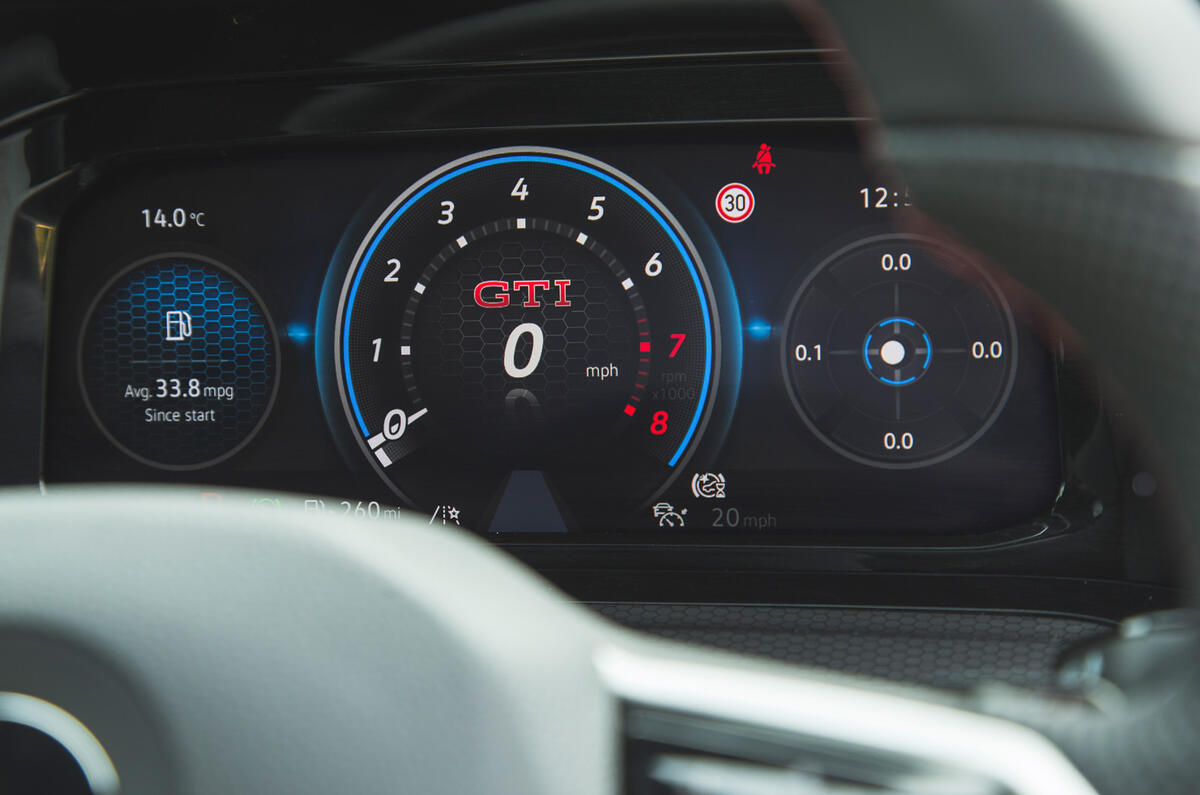
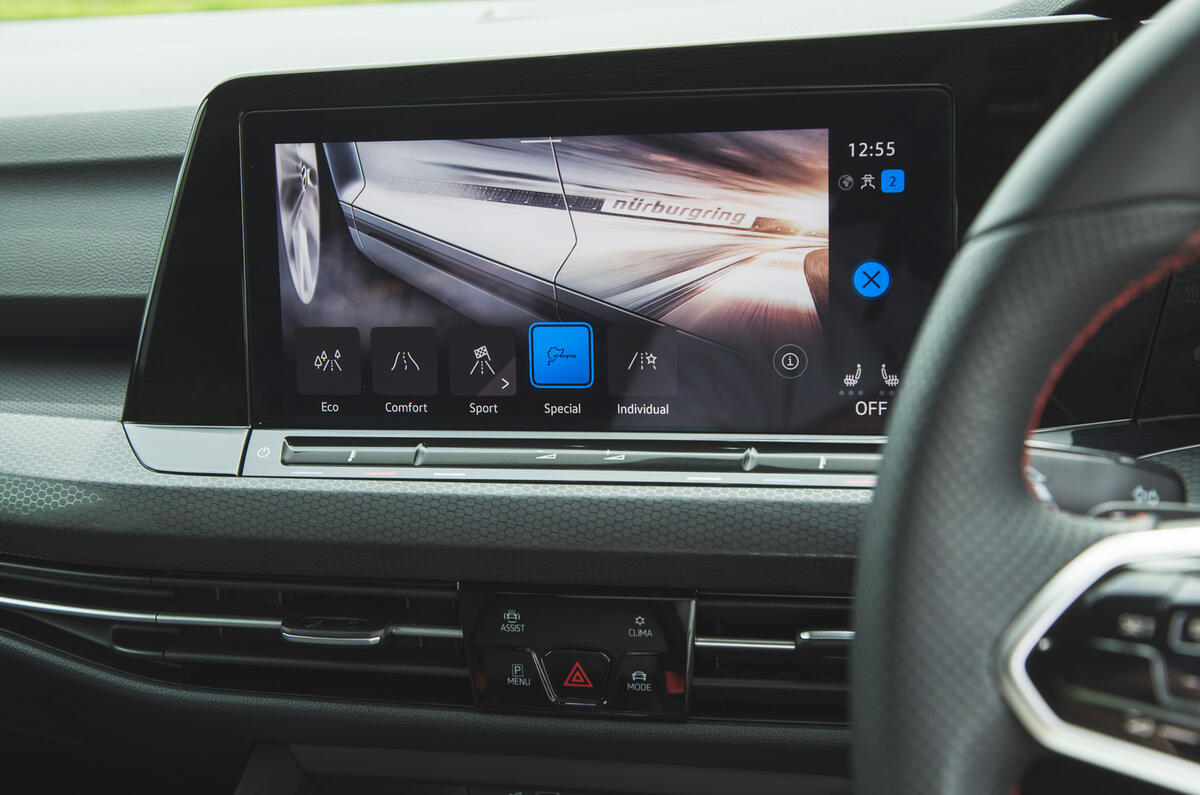
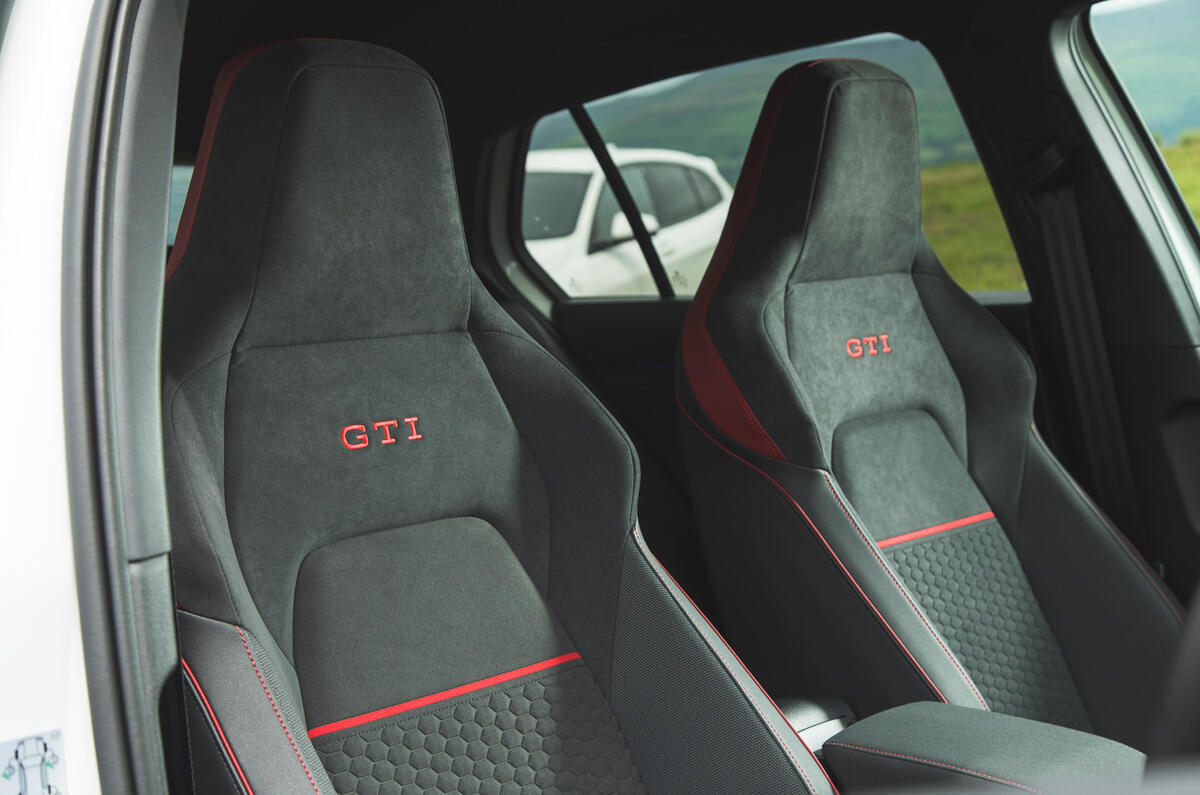
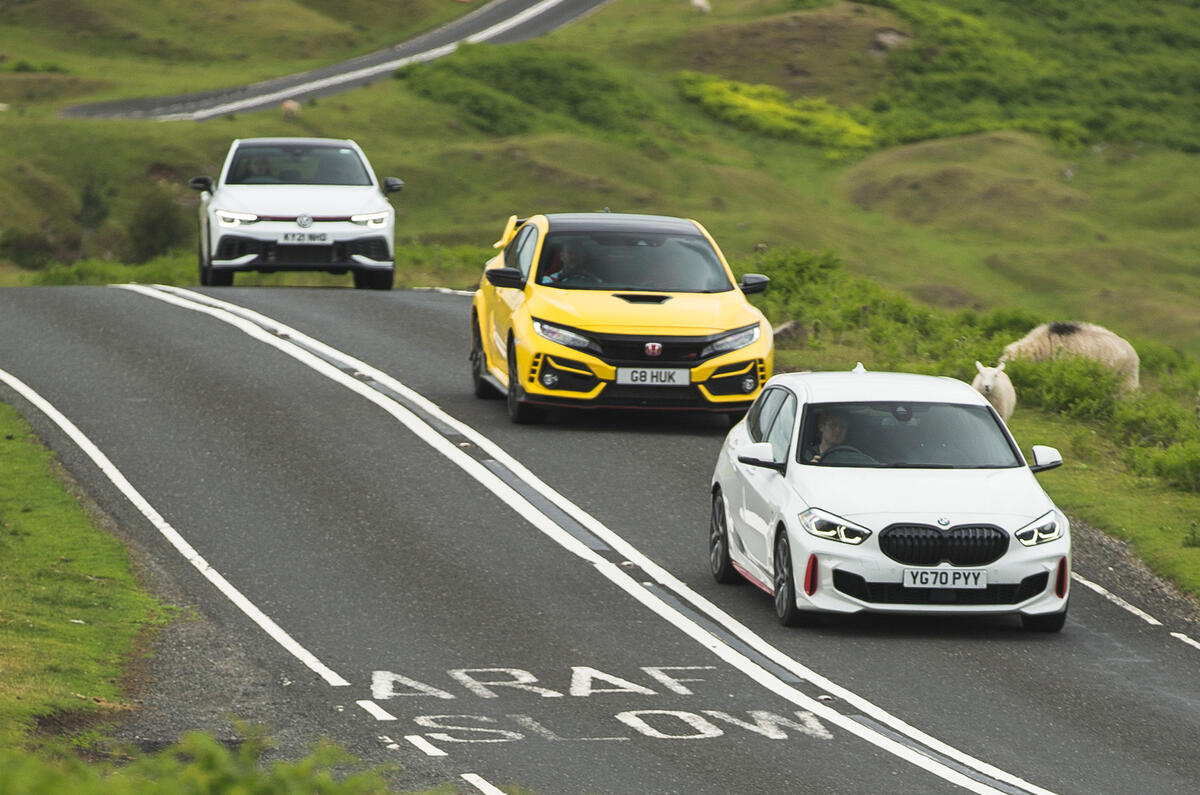

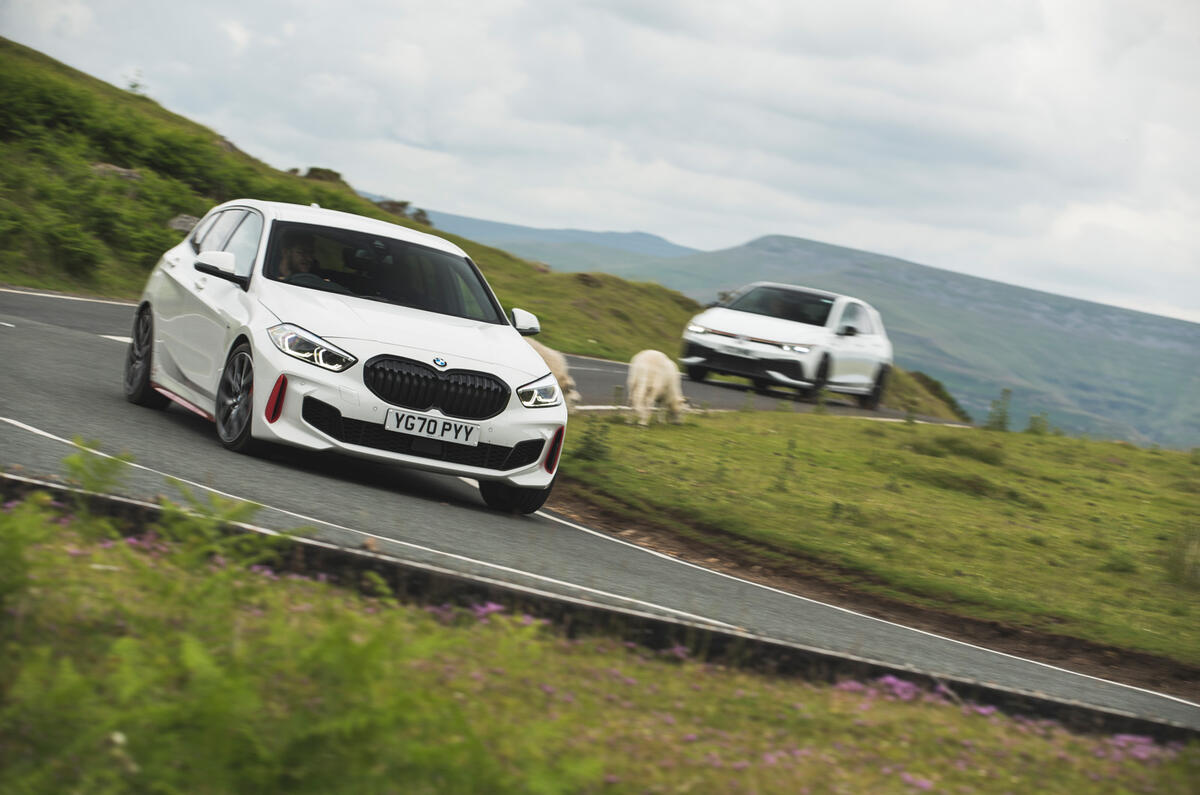
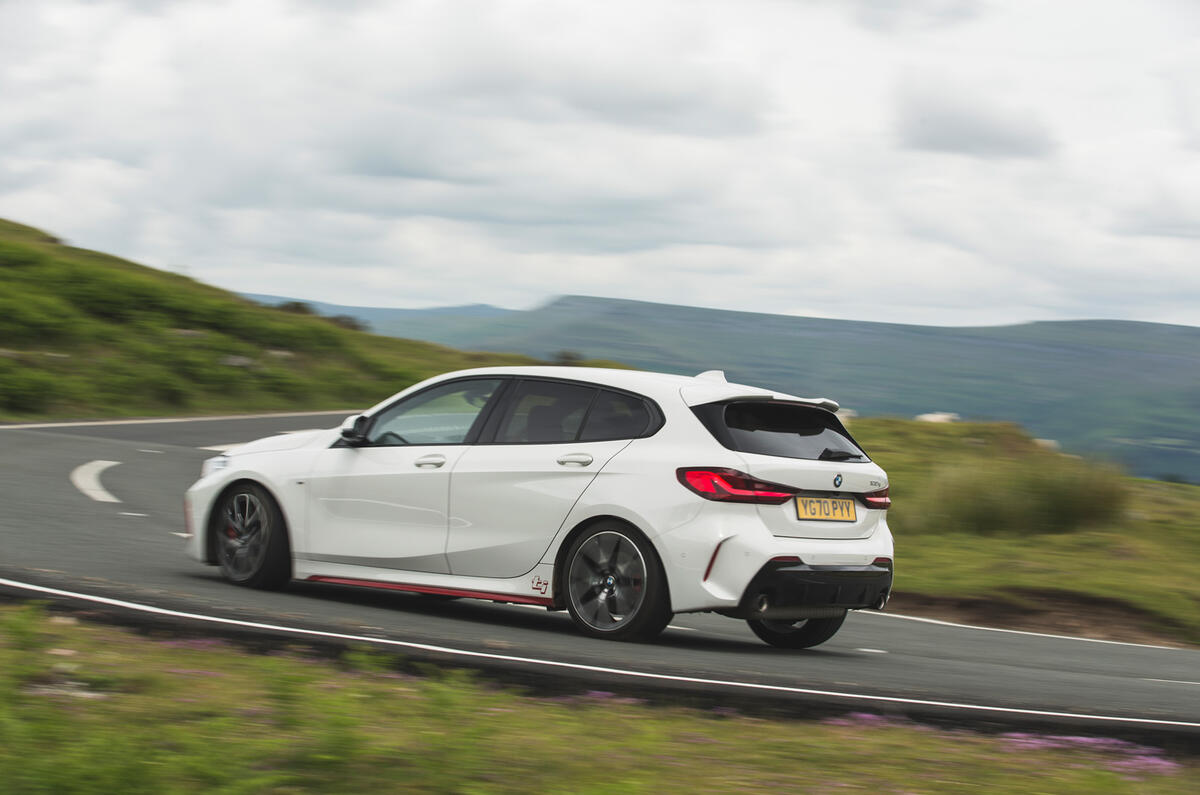
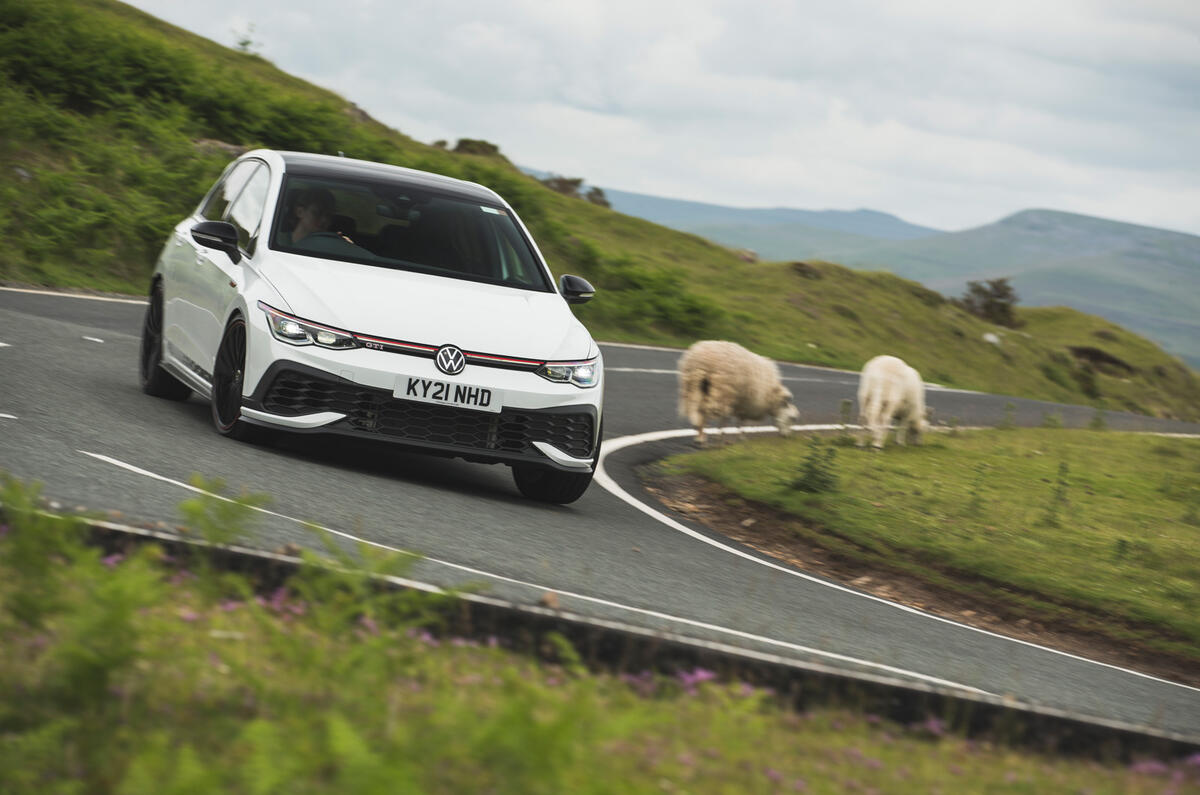
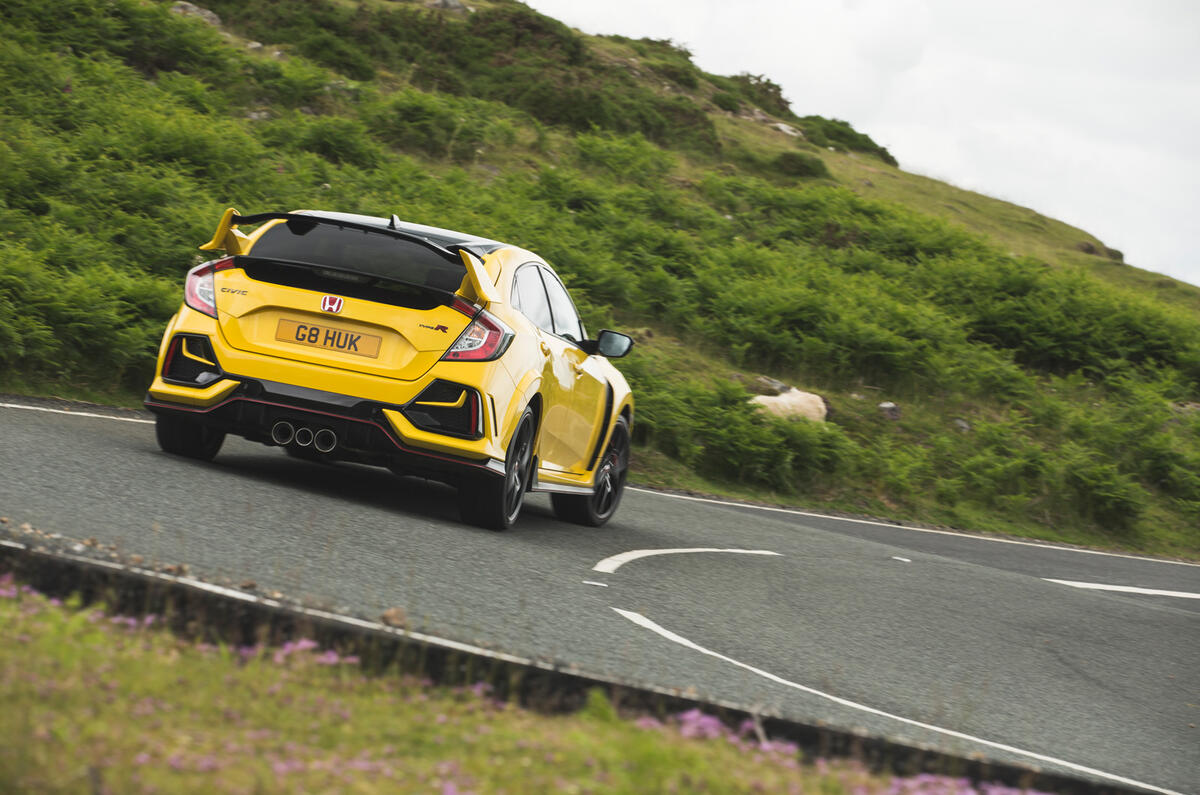
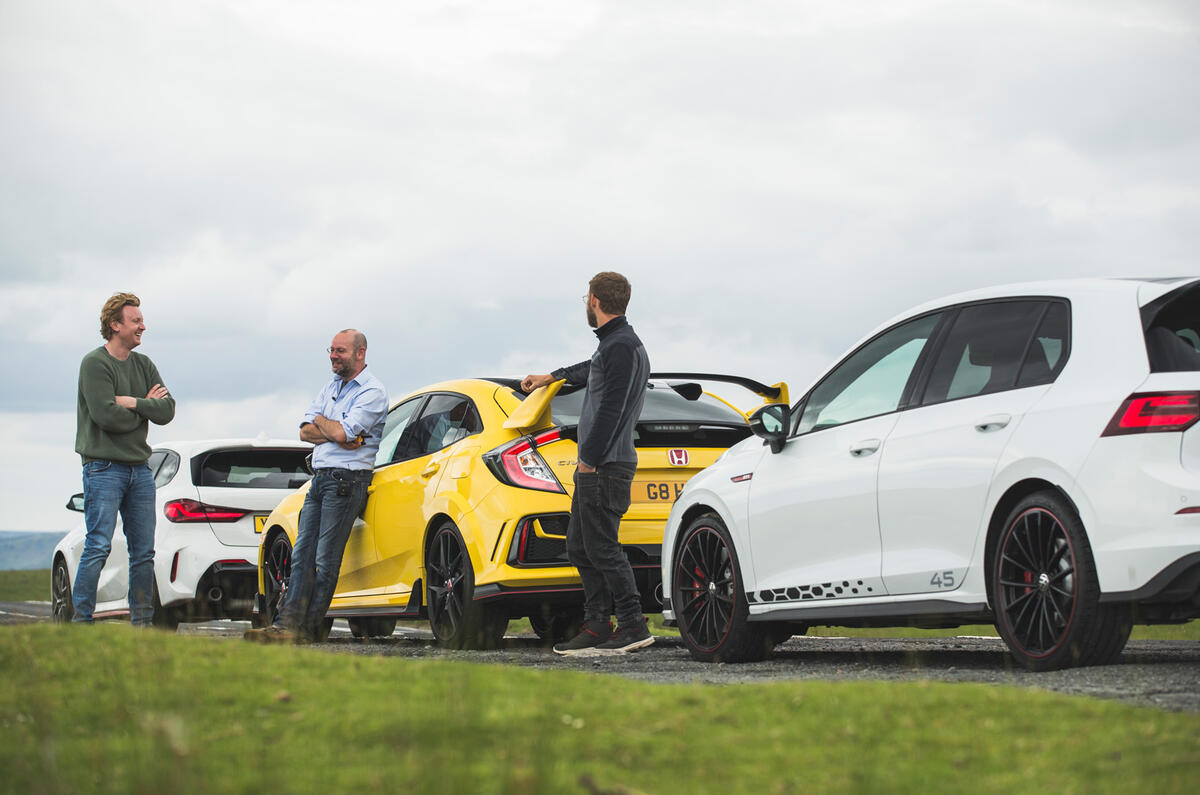
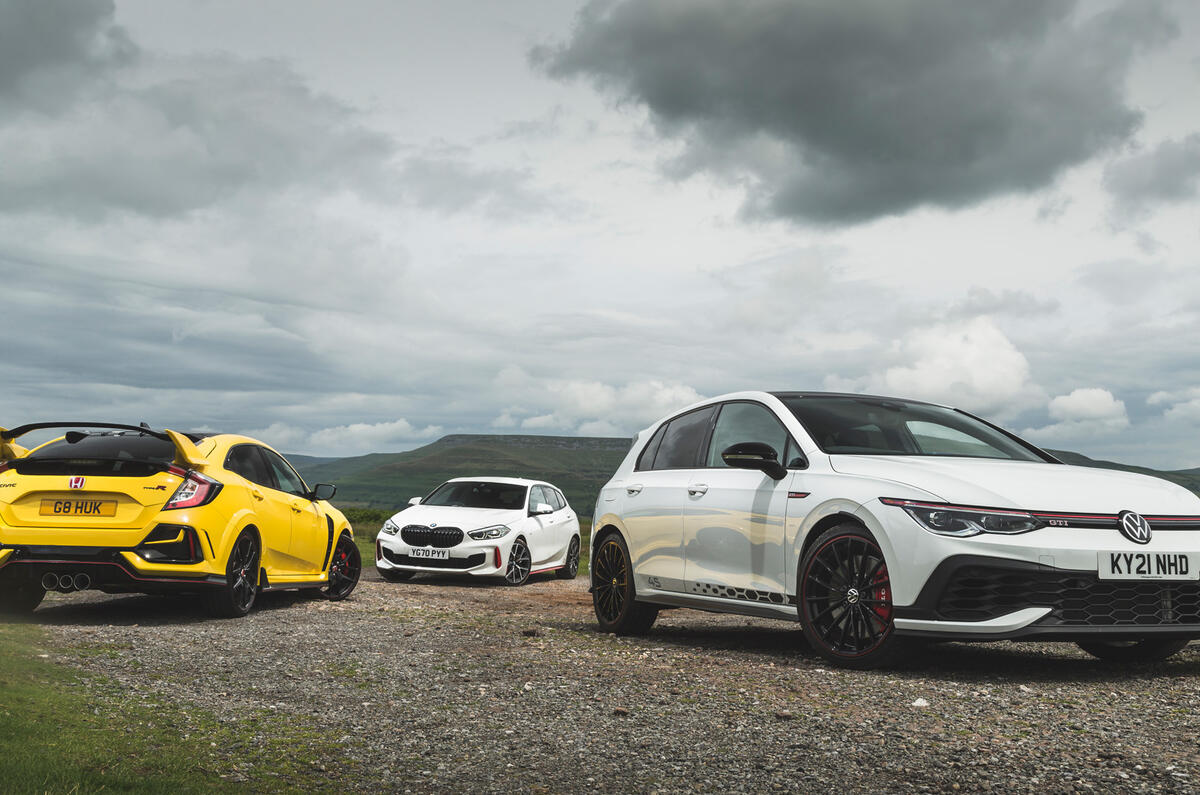
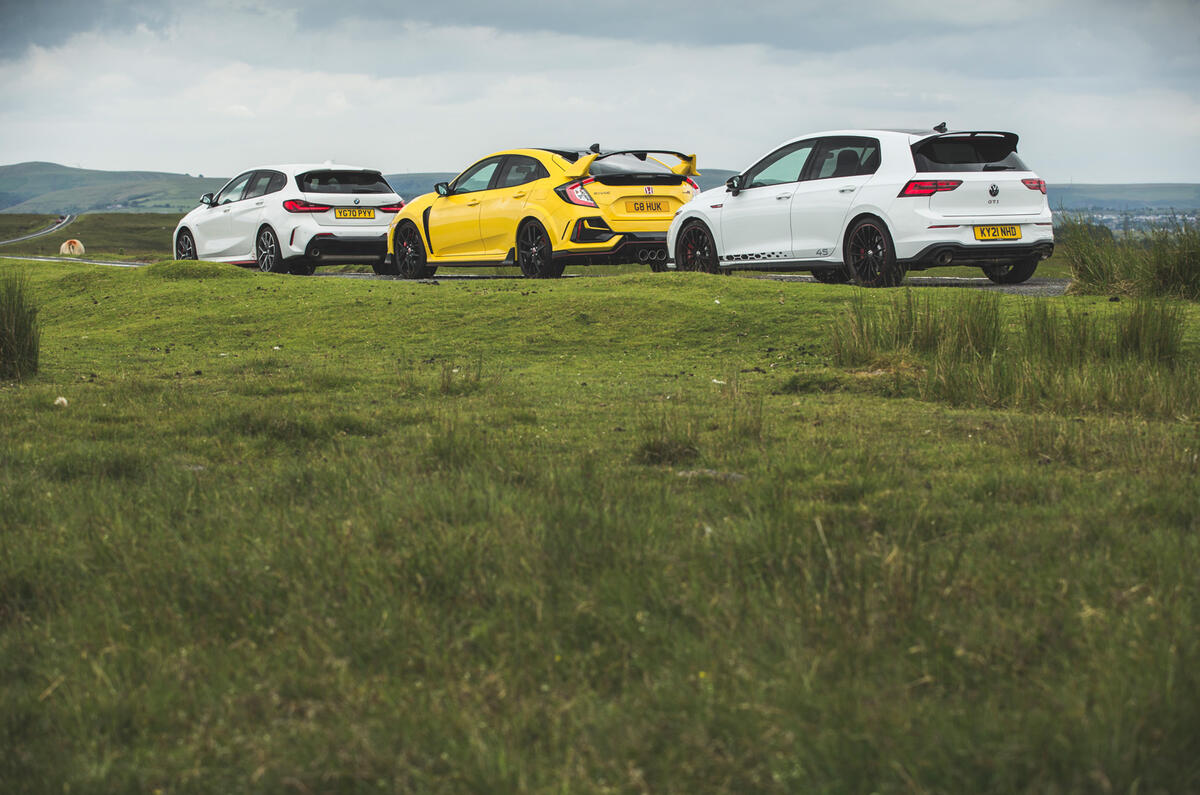

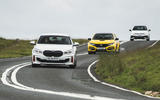



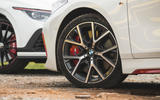

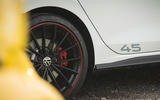
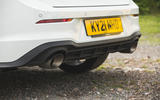

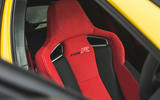
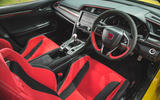
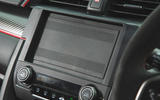

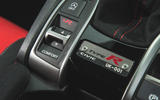
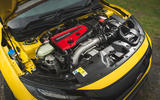
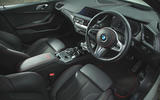
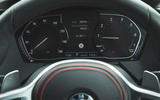
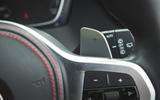

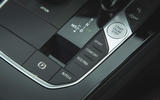

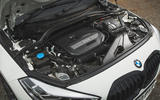
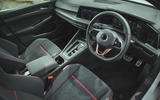
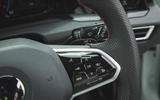
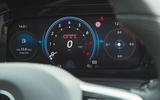
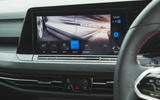
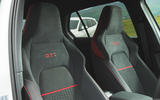


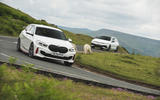
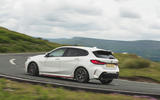






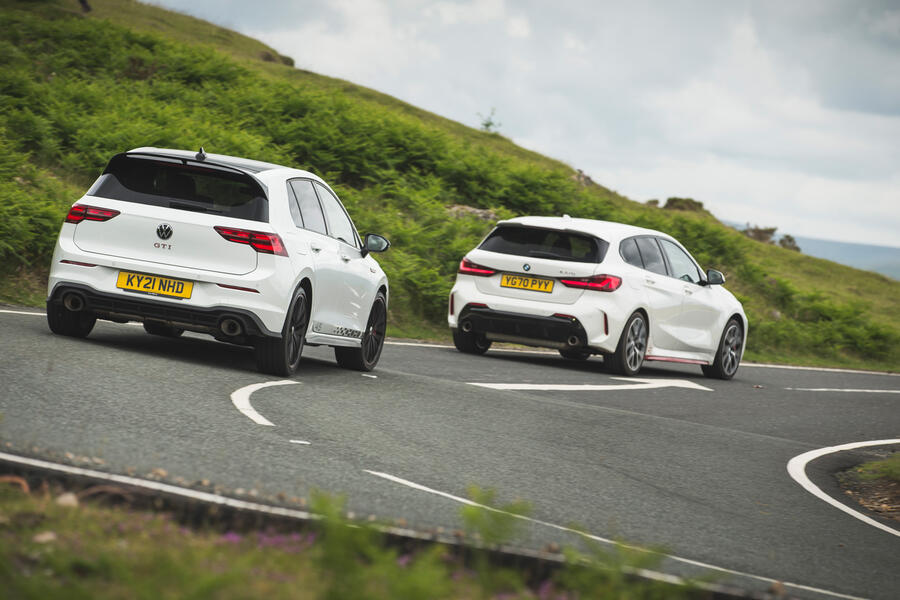
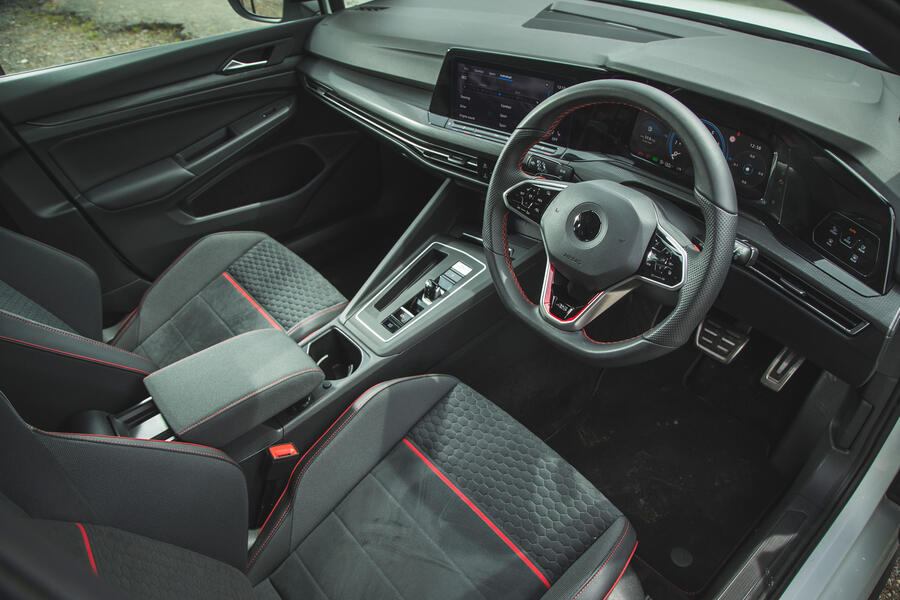
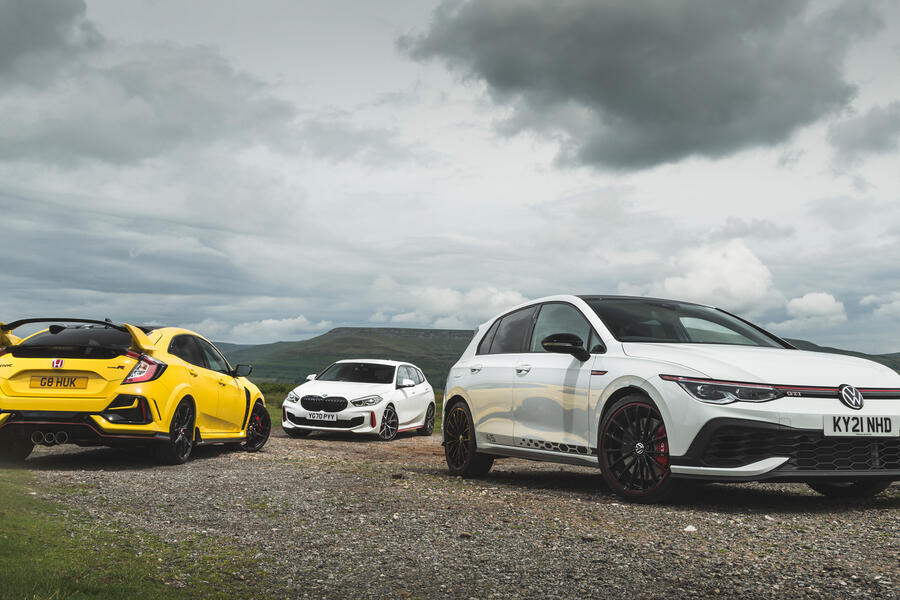





Join the debate
Add your comment
I think the real winner is the car that isnt there, the Focus ST.
The fact that the Civic drives the best, is the only one with a manual box clearly makes it the winner to me. I actually quite like the looks (unlike the Golf which i think looks nasty, particulaly the front end) but would prefer the version minus the spoiler and 19 inch wheels. But they have all been sold, so thats that until the new one eventually arrives.
why do the others think everyone who wants a quick hatchback has lost the use of one leg? Or doesnt enjoy driving any longer. Can it be that hard these days to offer a manual? Do so few people enjoy driving any more that they just dont sell? (hasnt done Honda any harm it seems).
The BMW looks a little odd, but is very good value, although i am sure the options there to put the price above the other 2 if you get carried away.
Lets face it, petrol powered hot hatches are living on borrowed time, and once they are EV, they will be a very different thing, even more expensive, heavy, fast in a straight line, and no gears at all. But little to involve the driver.